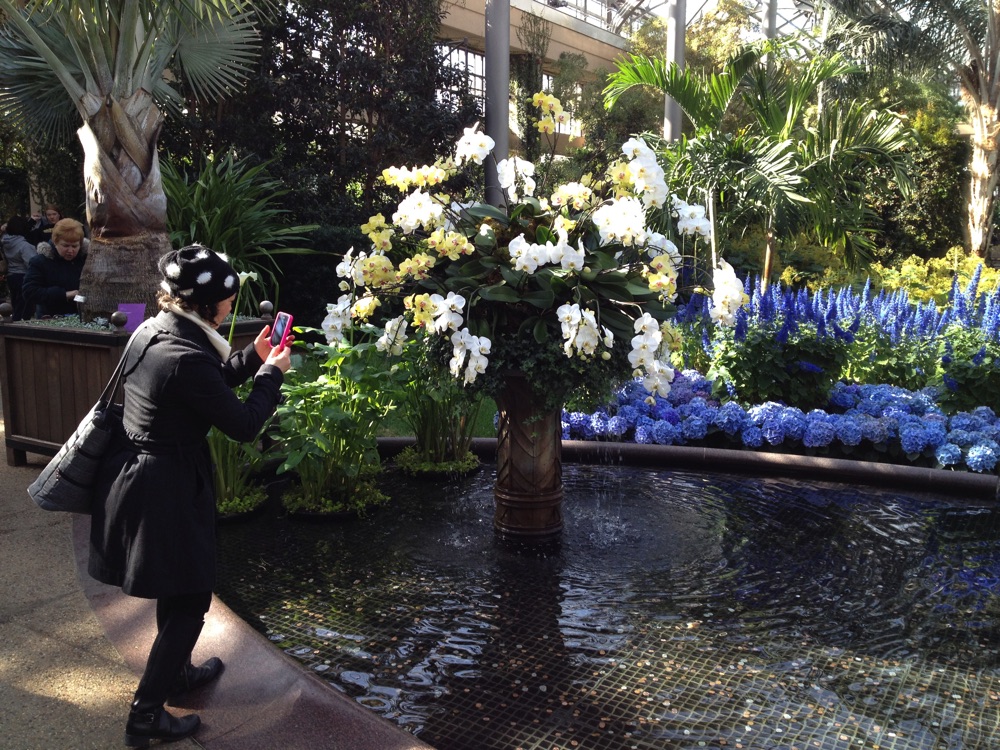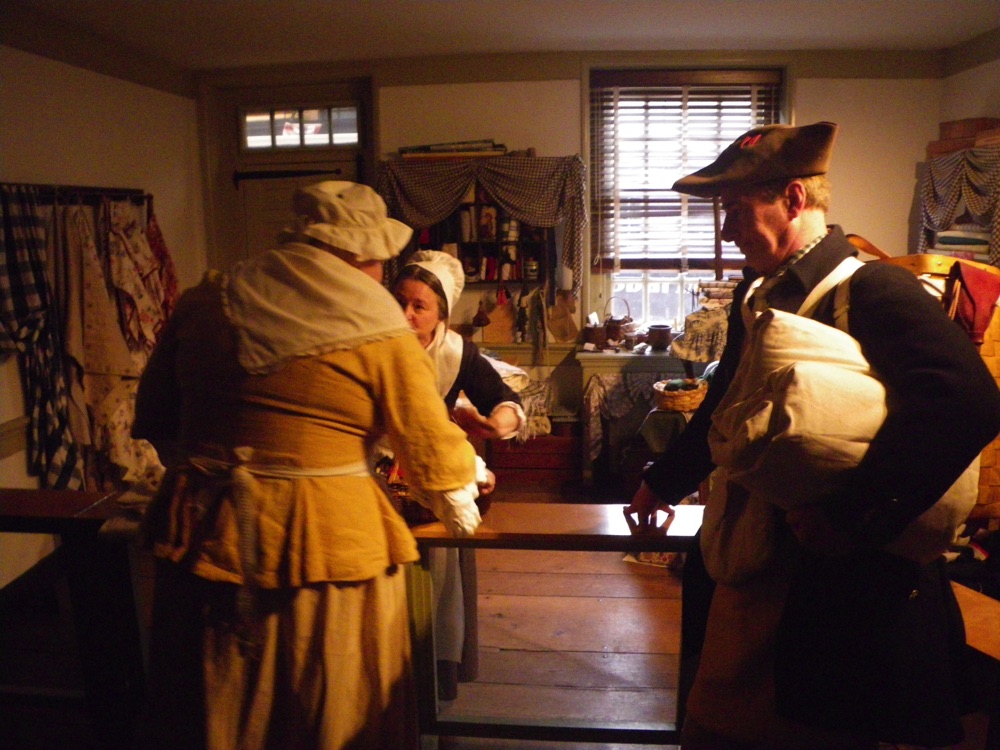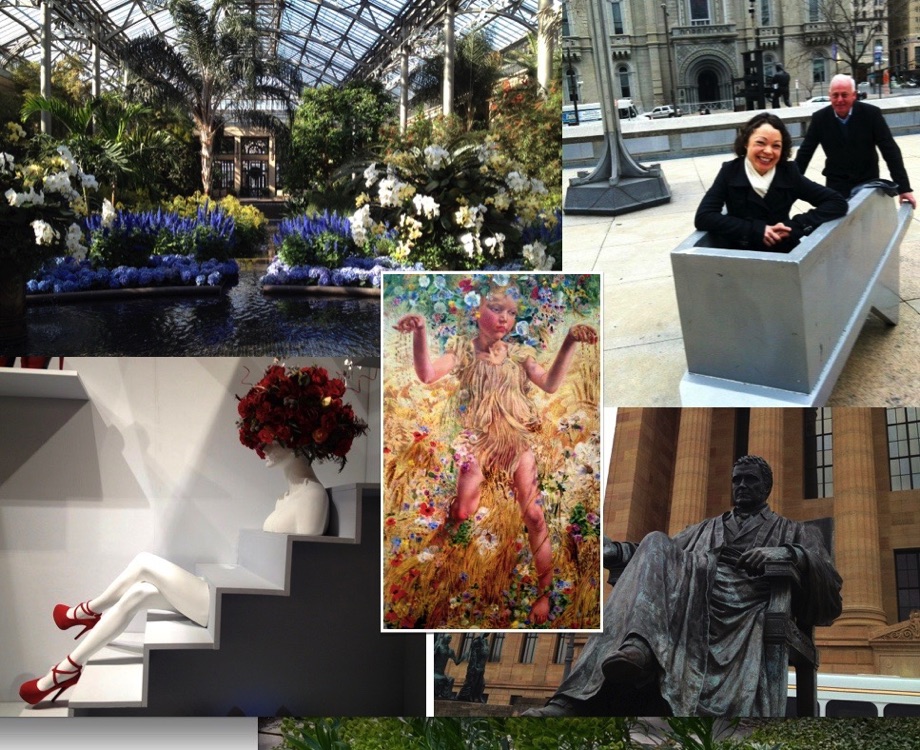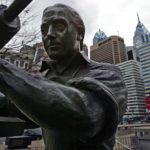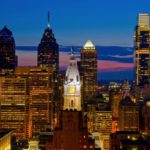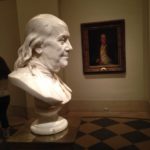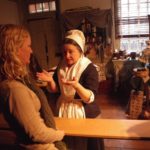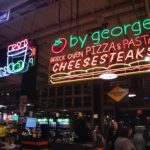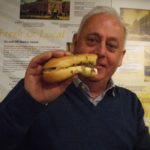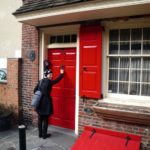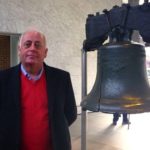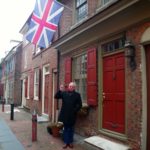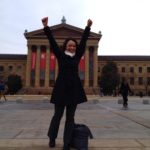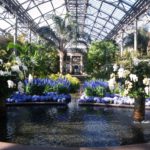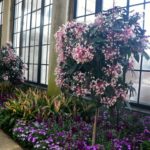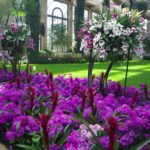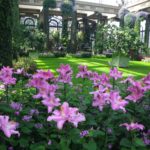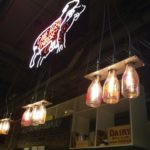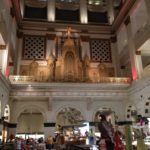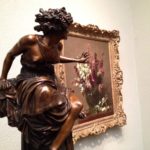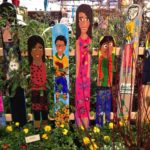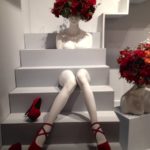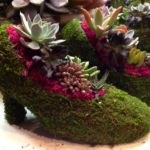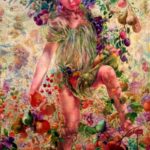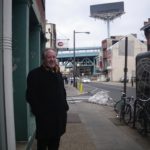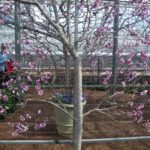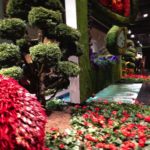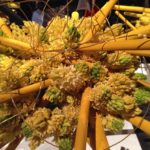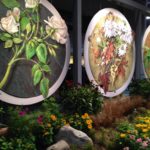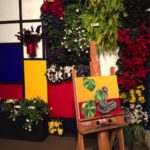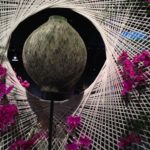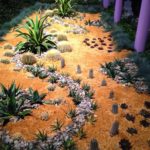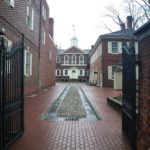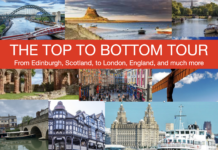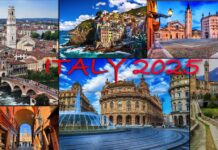On February 27, 2014, I took a group to Philadelphia, primarily to see the famous flower and garden show held there every spring, but also to visit some of the city’s historic sites and art galleries as well as the exceptional Longwood Gardens.
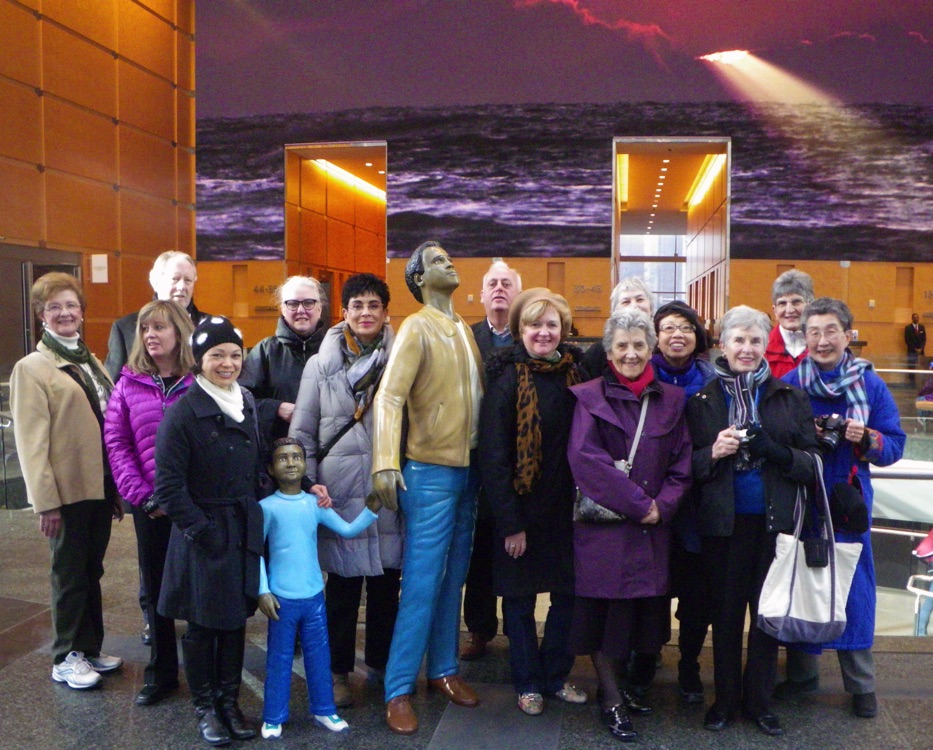
Getting to Philadelphia from Vancouver is never that easy. You can fly via Toronto but there is always a stop somewhere. We flew via San Francisco which felt a little odd, going down the coast from Vancouver and then across, but it worked fine.
In Philly, we were located very close to the Reading Terminal Market and the Convention Centre where the garden show was being held.
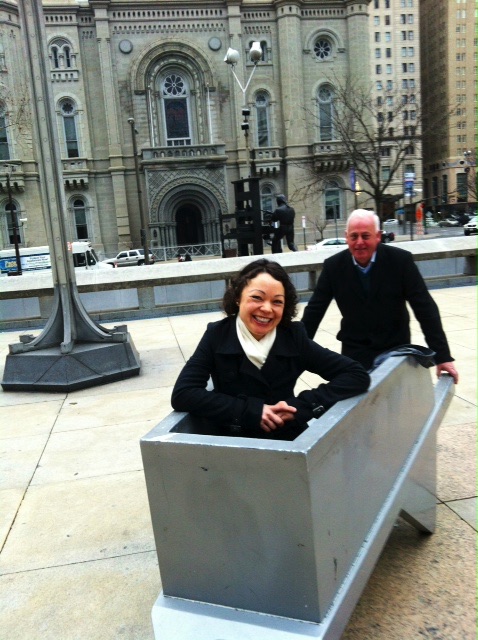
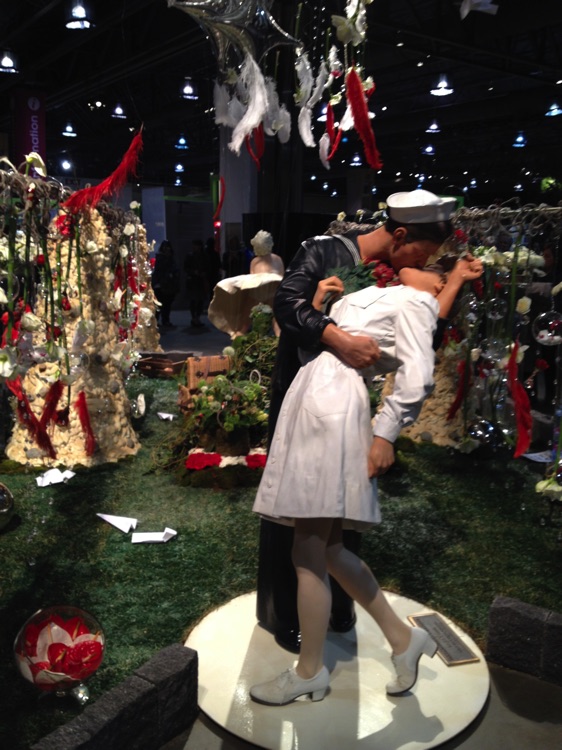
The city is also famous for its public art including dozens of gigantic murals. We were able to see many excellent examples and also visited the famous Magic Garden of Isaiah Zagar.
Other public works of art we stopped to look at included the famous LOVE sculpture by Robert Indiana, Three-Way Piece by Henry Moore, and, of course, the Rocky Statue by A. Thomas Schomberg.
In Reading Terminal Market, we enjoyed wandering around and seeing all the various stalls. Here, we also got our first taste of the famous Philly Cheesesteak.
The oldest farmer’s market in the US, Reading has been going since 1892.
We all enjoyed the cheerful, bustling maze of shops and stalls, restaurants and cafes and food counters, many of them run by Amish women in traditional dress, selling farm food and crafts.
The theme of the garden show was Art in the Garden and we were not disappointed by how designers and exhibitors explored this theme and came up with all sorts of creative presentations.
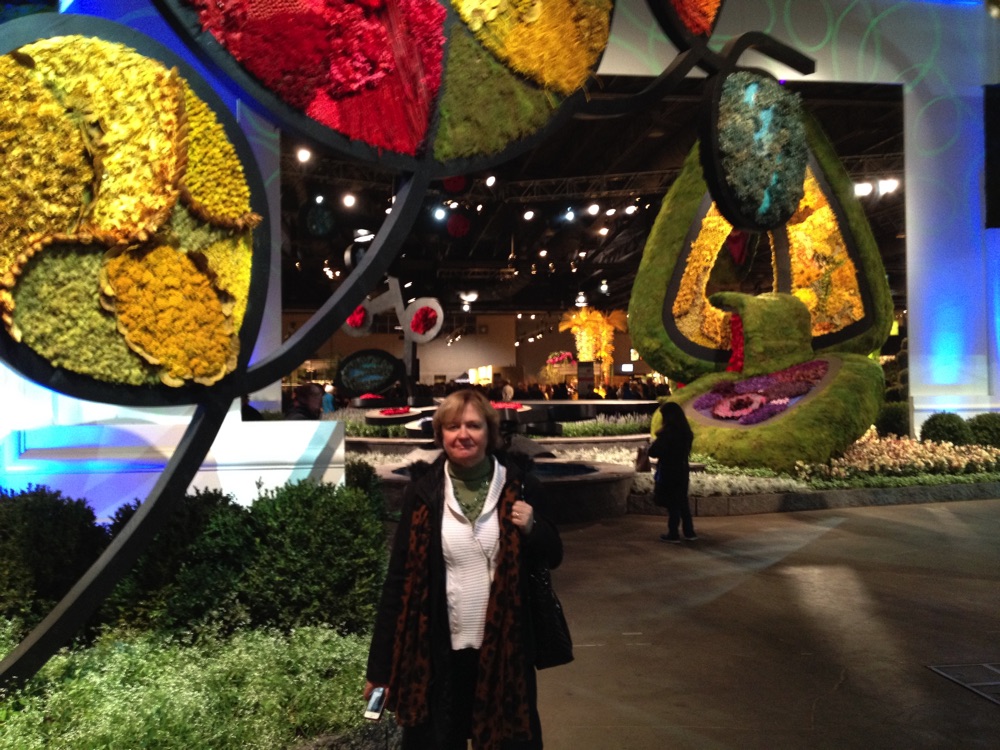
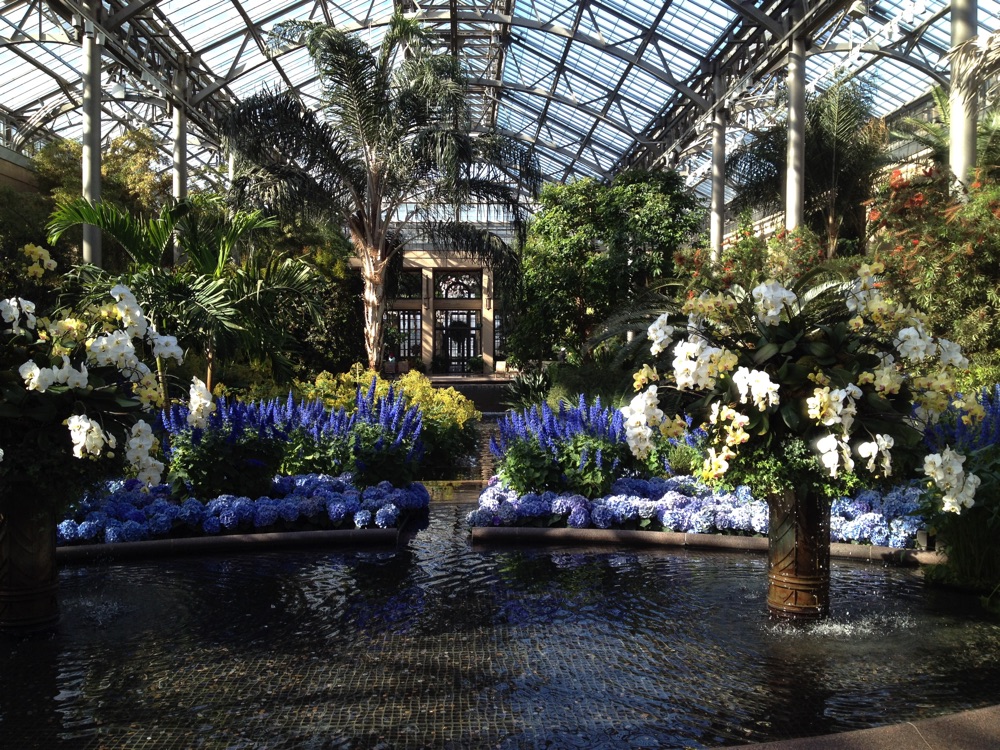
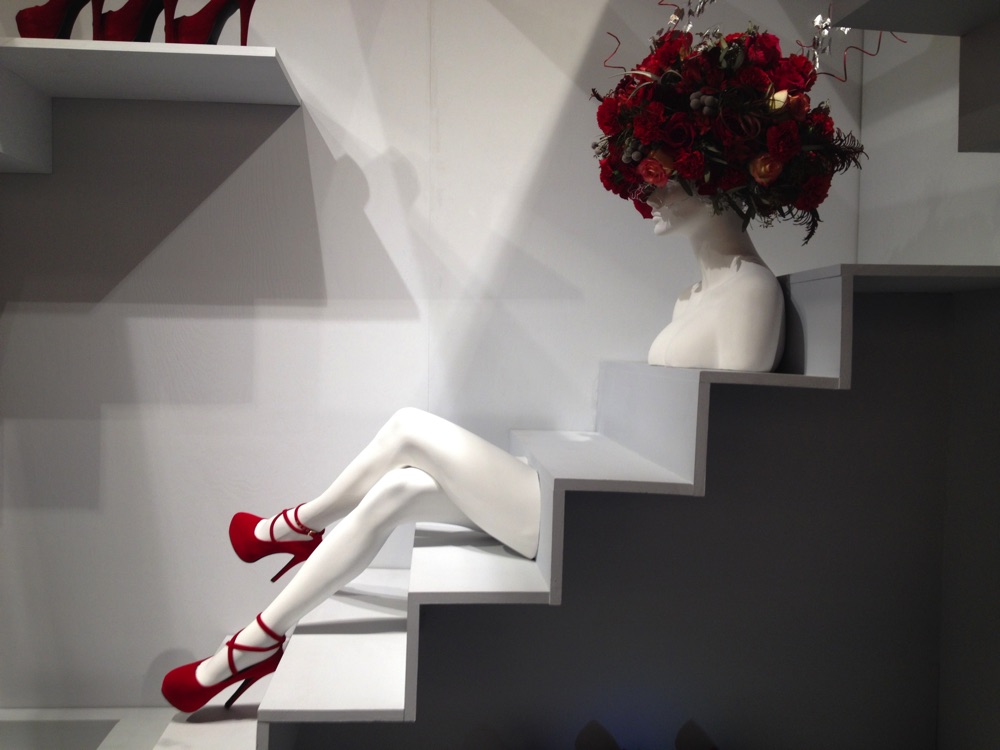
The show is huge and it is a challenge to see it all in a single day as well as take in a garden talk or two, but we managed to have fun and felt lifted up by the colour and fragrance of flowers – an early taste of spring.
Within easy walking distance of our hotel, we were able to visit Liberty Hall where both the Declaration of Independence and the Constitution were signed. The Liberty Bell was also located nearby and we also saw the Carpenters Hall and walked down Elfreth’s Alley, the oldest occupied street in the U.S., with its row of cute, brightly coloured houses, once occupied by the first immigrants.
Nearby was the first post office, started by Ben Franklin, who lived next door, and we also wandered into the 17th-century Christ Church where Franklin is buried and toured the Betsy Ross Museum where we got a sense of life at the time of the War of Independence.
Art was a big component of our visit.
We went to the Philadelphia Museum of Art where some of us had fun pretending to be Rocky Balboa from the movie Rocky as we ran up the steps and jumped for joy with our hands in the air.
The Museum of Art has one of the finest collections of Impressionist works in the world as well as works by Bosch, Goya, Turner, Dali, Rubens and Gainsborough.
Impressionist Mary Cassatt was a Philadelphia painter who went to Paris in 1866 and became an accomplished Impressionist herself. She was friends with all the greats, especially Degas.
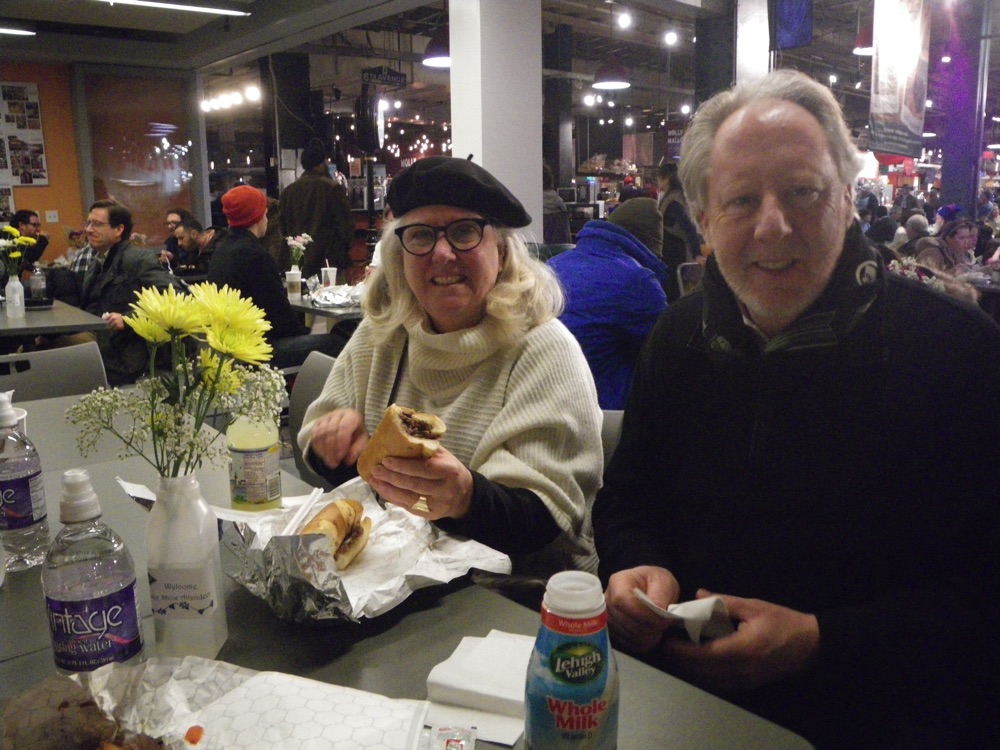
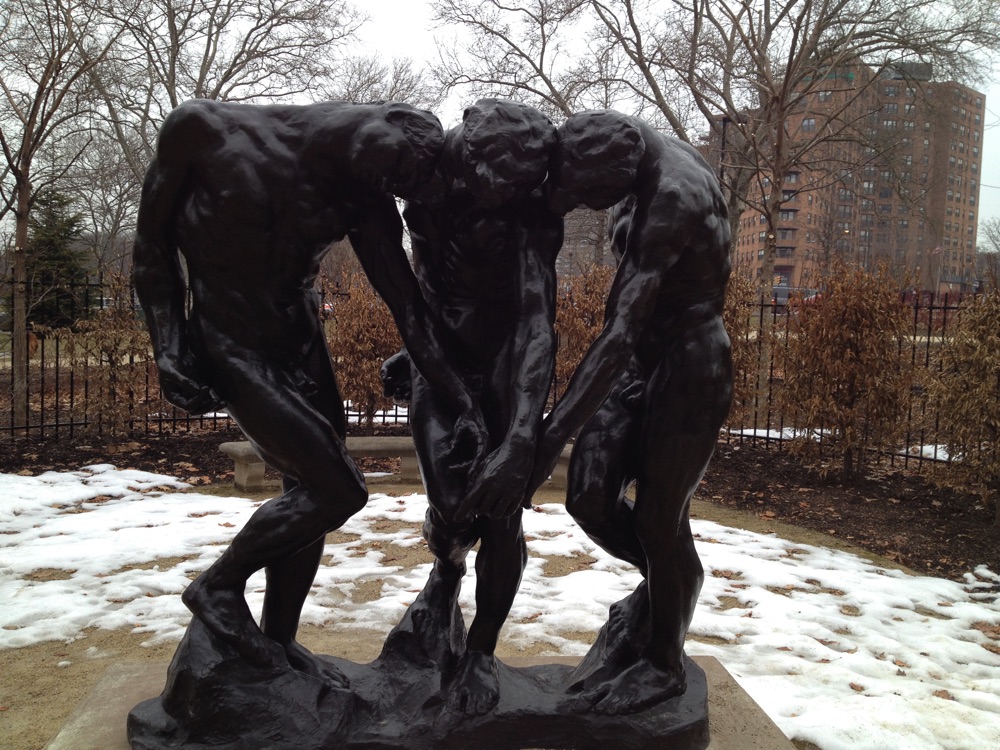
Mary’s brother, Alexander, was the president of Pennsylvania Railroad, and when he visited her in Paris she told him to buy art by the Impressionists.
“But I’m not sure I like it”, he said. “I don’t care, just buy it,” she said. “One day everyone will love it.”
He bought Renoirs and Monets and Degas and Cézannes. This is why today the Museum of Art has such a breathtaking collection of Impressionist masterpieces.
We also visited the Barnes Foundation, the “gallery in a garden”, considered the most exclusive art gallery in the city’s Parkway Museum District.
Millionaire Albert C. Barnes used his fortune to amass the collections, which total more than 2,500 objects, all very interestingly displayed in a connective way rather than traditional modern gallery-style. It has been estimated the Barnes collection is worth about $25 billion and includes dozens of paintings by Renoir, Cézanne and Matisse, along with works by Manet, Degas, Seurat, Prendergast, Titian and Picasso.
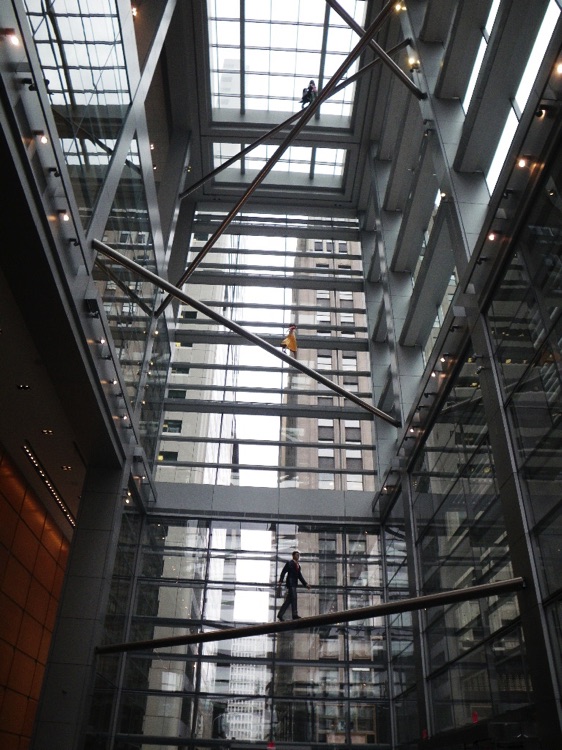
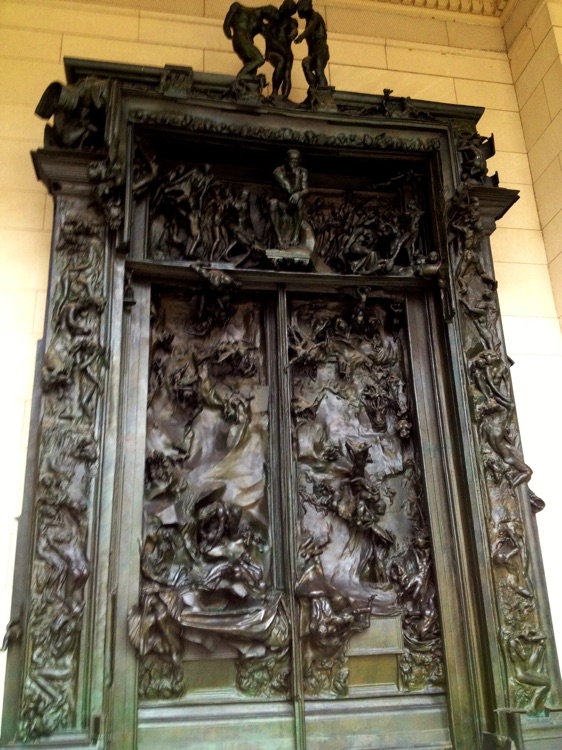
Next door to the Barnes is the Rodin Museum, which has the biggest collection of Rodin sculptures outside of France. We had fun visiting this gallery where reproductions of The Thinker and other sculptures are positioned outside the gallery, including The Three Shades, three gloomy spirits pointing to the agony of the damned.
Hard to ignore was the Gates of Hell, a monumental work at the main entrance. I never knew that the lovers in The Kiss (Francesca and Paolo) ended up in hell for their crime of passion. It was a revelation to me to realize how badly that initial beautiful, celebrated first kiss turned out.
The landscaping around the building had just gone through a three-year renovation to restore it to follow in the original concept of French architect Paul Cret and French landscape designer Jacques Gréber.
At Longword Gardens, one of the most prestigious botanical gardens in the US, we enjoyed touring in the warmth of the conservatories which were superbly planted with a vast assortment of flowering plants.
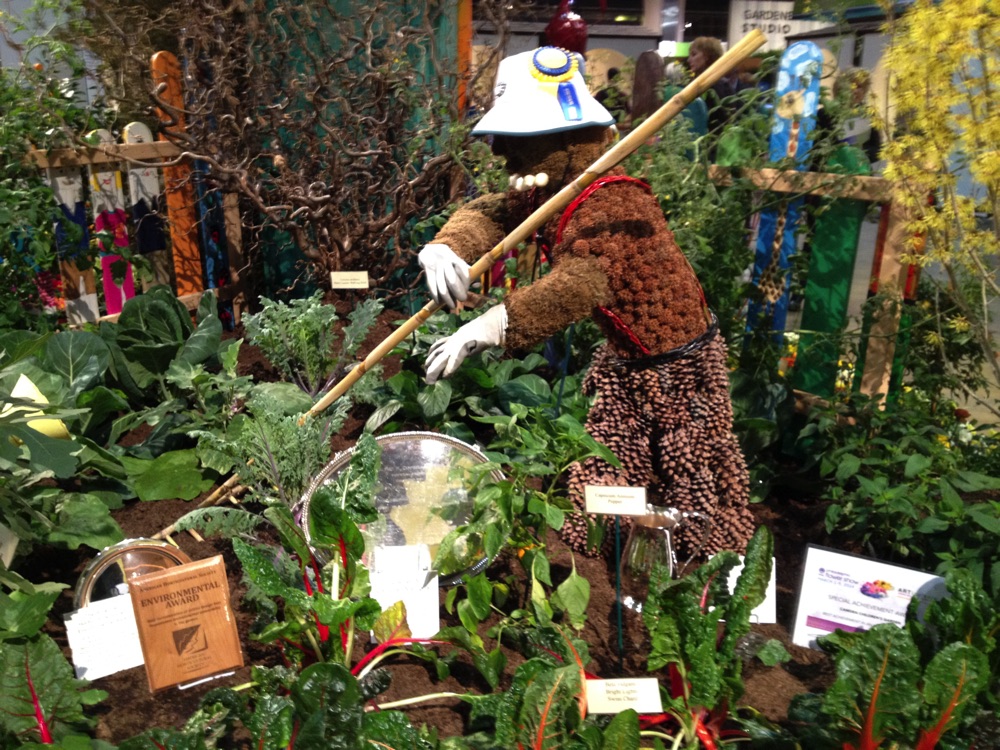
The garden itself covers more than 435 hectares (1077 acres). There are at least 20 outdoor gardens and another 20 indoor gardens, within 4.5 hectares of heated conservatories, so there is much to see.
Pierre du Pont used his fortune to buy the land, once owned by Quakers, in the Brandywine Creek Valley and turned it into famous European-style gardens.
Philadelphia has a rich and diverse architectural heritage. Highlights for us included the neo-classicism of the Parthenon-like Museum of Art and the city hall with its imposing tower topped by the figure of William Penn.
But my group also got a kick from stepping inside the 58-storey Comcast tower, the shimmering glass high rise that soars 974 feet.
In the lobby, we found an amazing 2,000-square-foot video wall, as well as the sight of life-size human figures high-wire walking across poles in the atrium.
For fun, we also enjoyed going into the cathedral-like space of the shoe department of Macy’s department store to listen to a pipe organ, arguably the biggest in the world, with 28,604 pipes.
Here, we were able to shop for new shoes while listening to a little Bach.
The East State Penitentiary was a chilling place that was home to many famous underworld characters such as bank robber Willie Sutton, who staged a breakout in 1945, and Al Capone, who furnished his cell with antiques, rugs and oil paintings; they both served time here. Capone’s cell has been restored.
In its day, the prison was the model of creative rehabilitation with prisoners kept in light and airy cells built on a revolutionary, easy-to-manage wagon-wheel design.
Ben Franklin had a hand in the design which became the model for other prisons around the world.
There is no denying the suffering that went on there, but I came away preferring to think about the desire of people like Franklin to find a more humane and creative solution to punishment, if such a thing is possible.
I never used to think of Philadelphia as a city of light, but now I must say I totally agree with Elton when he sings, “Shine a light shine, shine a light, Philadelphia freedom shine on me, I love you, yes I do.”
swhysall@hotmail.com
